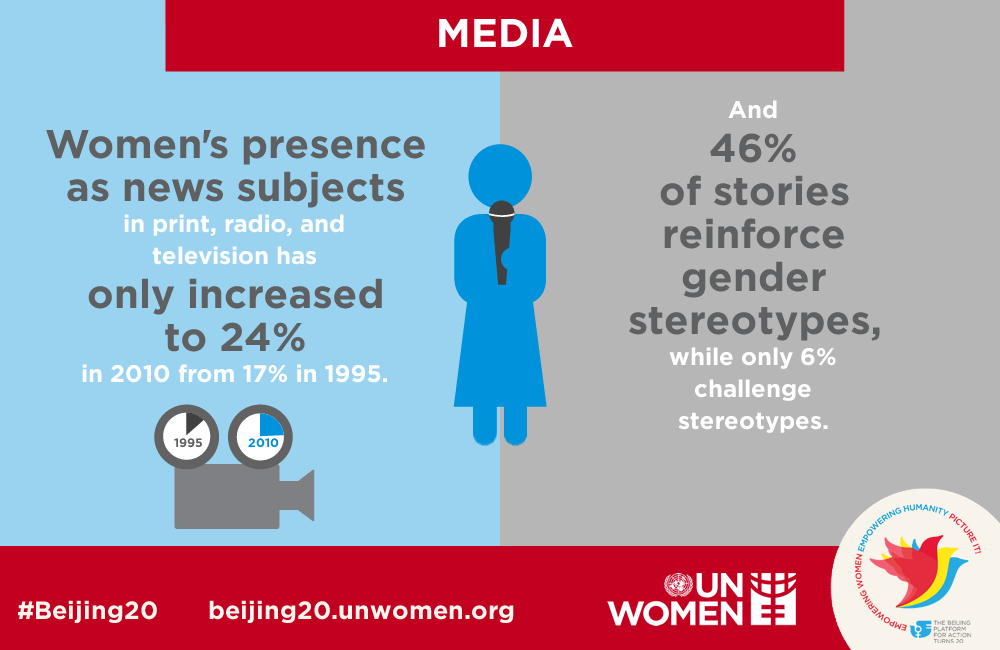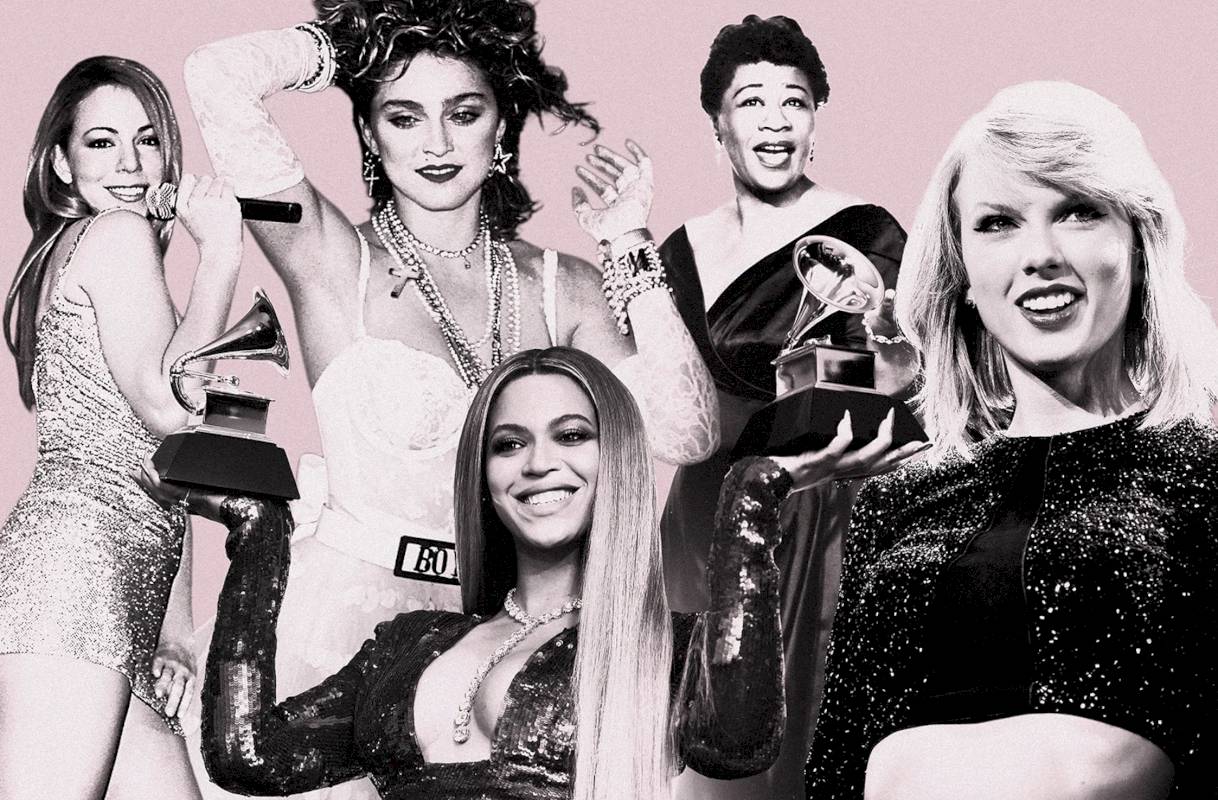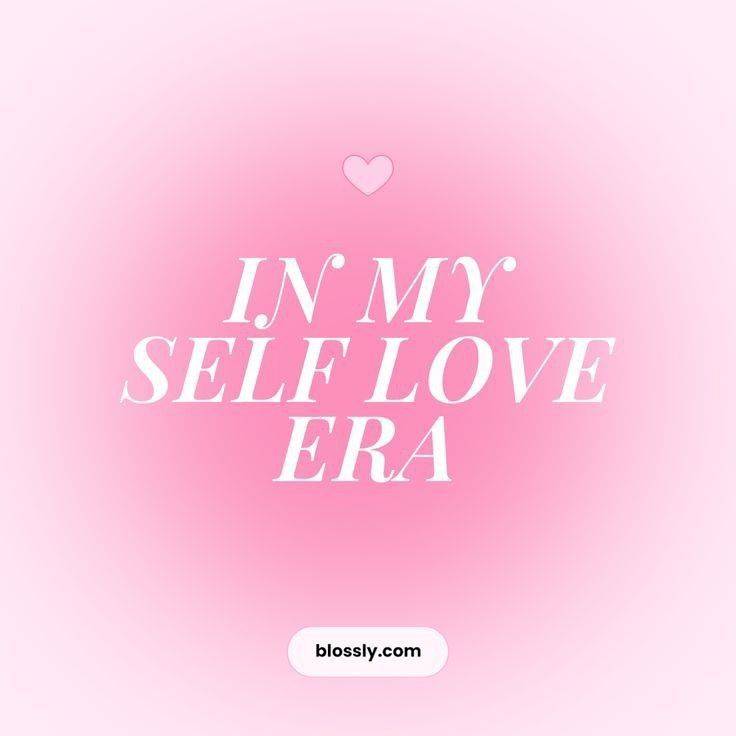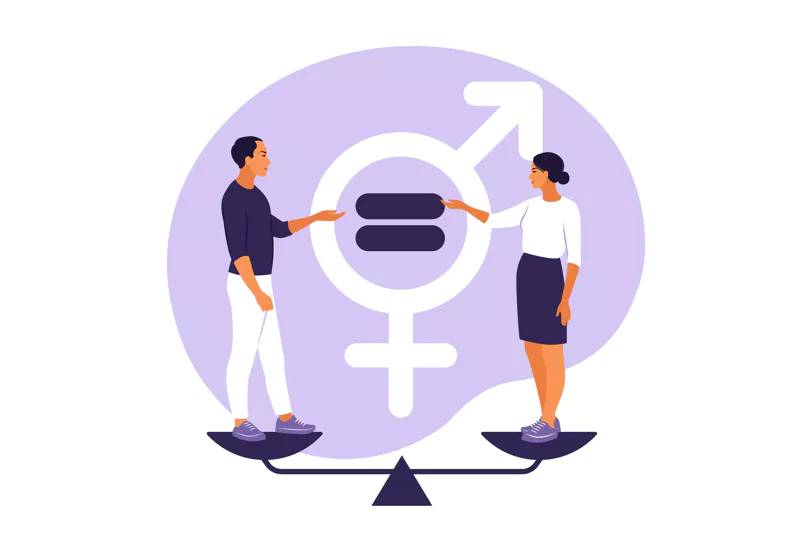
NARRATIVES OF WOMEN'S EMPOWERMENT IN MEDIA
Narratives of Women's Empowerment in Media
Media and culture play an instrumental role in shaping one’s self-conception as well as one’s views on the people and groups around them. From women being relegated to roles that solely supported male leads to the present rise of ‘girlboss’ or female empowerment narratives in the mainstream, the media has experienced a paradigm shift in its portrayal of women. Women are increasingly centring their own stories beyond the enhancement of those of men, reflecting a general shift toward women being more independent as well as the advancement of the feminist movement toward being more accepted in the cultural zeitgeist. Nevertheless, as will be explored in this article, recent trends are not entirely positive, with some perpetuating an entirely new unattainable ideal.
With a few notable exceptions, media forms as diverse as fairytales, puppet shows, and plays have historically propagated the idea that women inhabit a secondary or lesser role compared to the men who are the main characters and typically drive the story’s plot and themes. This is evidenced by tropes of yesteryear that are ubiquitous even today, like the damsel in distress needing to be saved by a strong, valiant man. Women’s needs, desires, and quandaries were not brought to the forefront, and women were more often than not used merely in service of the larger plot or male characters’ trajectories. Furthermore, traditionally, portrayals of women in media upheld misogynistic roles that were expected of women, for instance, displaying the wife in a sitcom as dutiful, grateful, and domestic.
Over time and with the evolution of the feminist movement as well as a general awareness regarding this travesty, people started to comprehend how women’s stories, especially ones voicing women’s independence and empowerment, had been suppressed and kept to the sidelines. The creation of the Bechdel test, which measures the representation of women by checking the number of female characters and how much they talk to each other about something other than a man, was an important development in this regard.
Narratives on women’s empowerment and independence began to emerge following the suffragist movement and the subsequent proliferation of early feminist thought. During World War 2, when many men were sent off to the war, leading to a shortage of workers that needed to be filled by women, advertisements and depictions of empowered women working and being strong became more commonplace. Despite this positive trend in women’s representation, albeit politically motivated, women’s portrayals have since regressed over several periods of time as well. For instance, during Reagan’s tenure, family values and conservatism were promoted, leading to the media reflecting more antiquated gender roles.
In the past few decades, the trend has been geared towards corporations capitalizing on many women’s newfound feminist sensibilities by highlighting female characters that espouse ideals like autonomy, strength, and fortitude. This has been, to a large degree, a positive development, as viewing independent and empowered women on screen (or other mediums of entertainment) can enable women to realize their capacity for more than the roles society ascribes to them, shed any internalized misogyny, and so on.

However, negative aspects of this new phase in women’s media representation include the commercialization of the image of a strong, independent woman as well as the creation of yet another unattainable ideal. An unachievable archetype has been created in the sense that such female characters are now often constantly strong and never display the slightest weakness—some could almost be considered perfect specimens. They at times take on a role that is equivalent to that played by men in previous iterations of media. This robs female characters of the complexity and nuanced exploration they deserve while simultaneously putting forth the ill-conceived idea that true feminism is perpetually being strong, hard-working, and impenetrable to any external difficulties. Hence, it creates pressure on women to live up to these impossible standards and sometimes makes them feel guilty about ‘not being feminist enough’ if they don’t.
To conclude, while the increase in accounts of women being empowered or being protagonists of their own stories is indubitably laudable, we must be careful not to let this representation transmute into yet another unattainable and unrealistic ideal for women to constantly attempt to live up to.
Check out some of our other articles here!!






